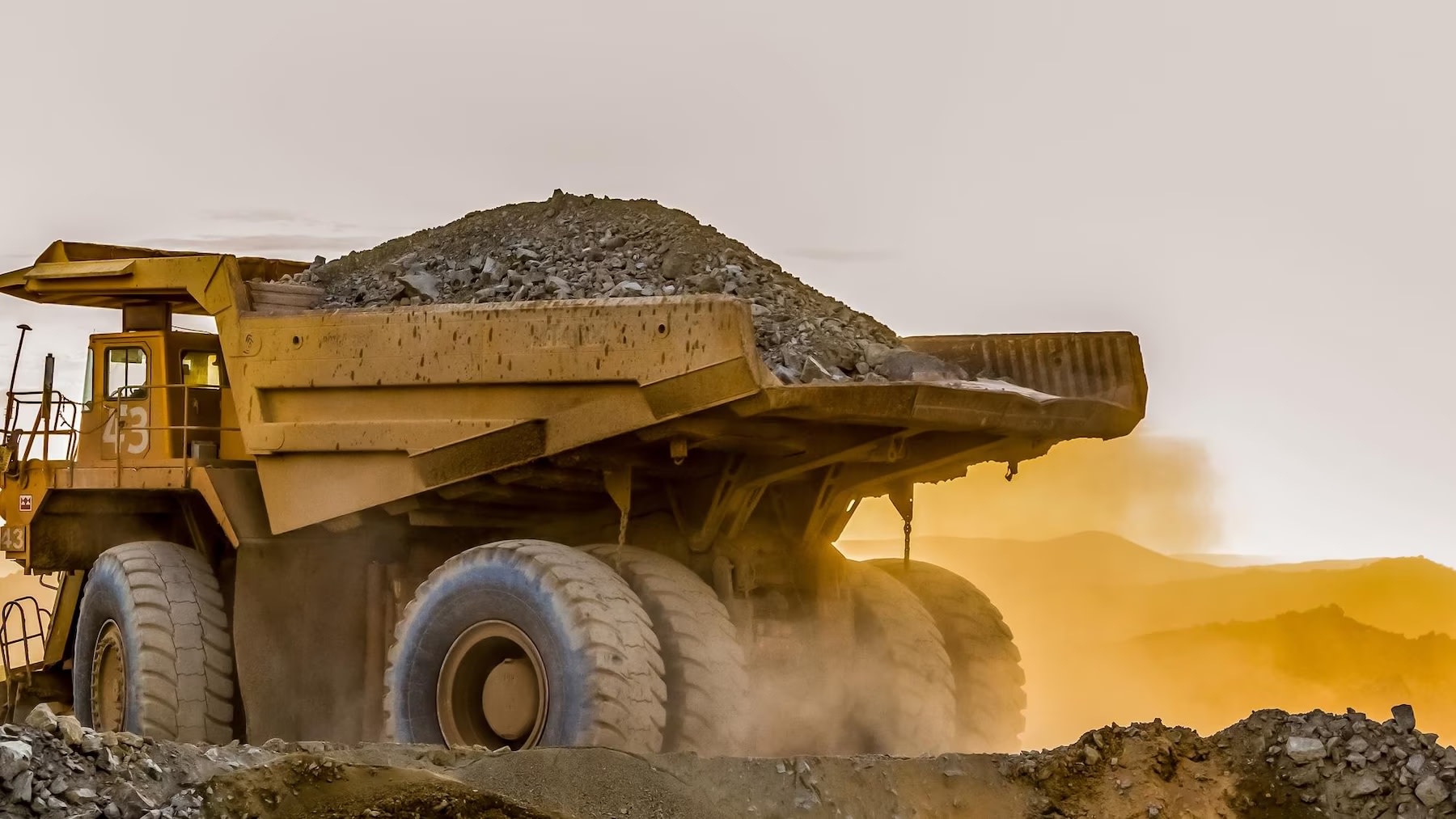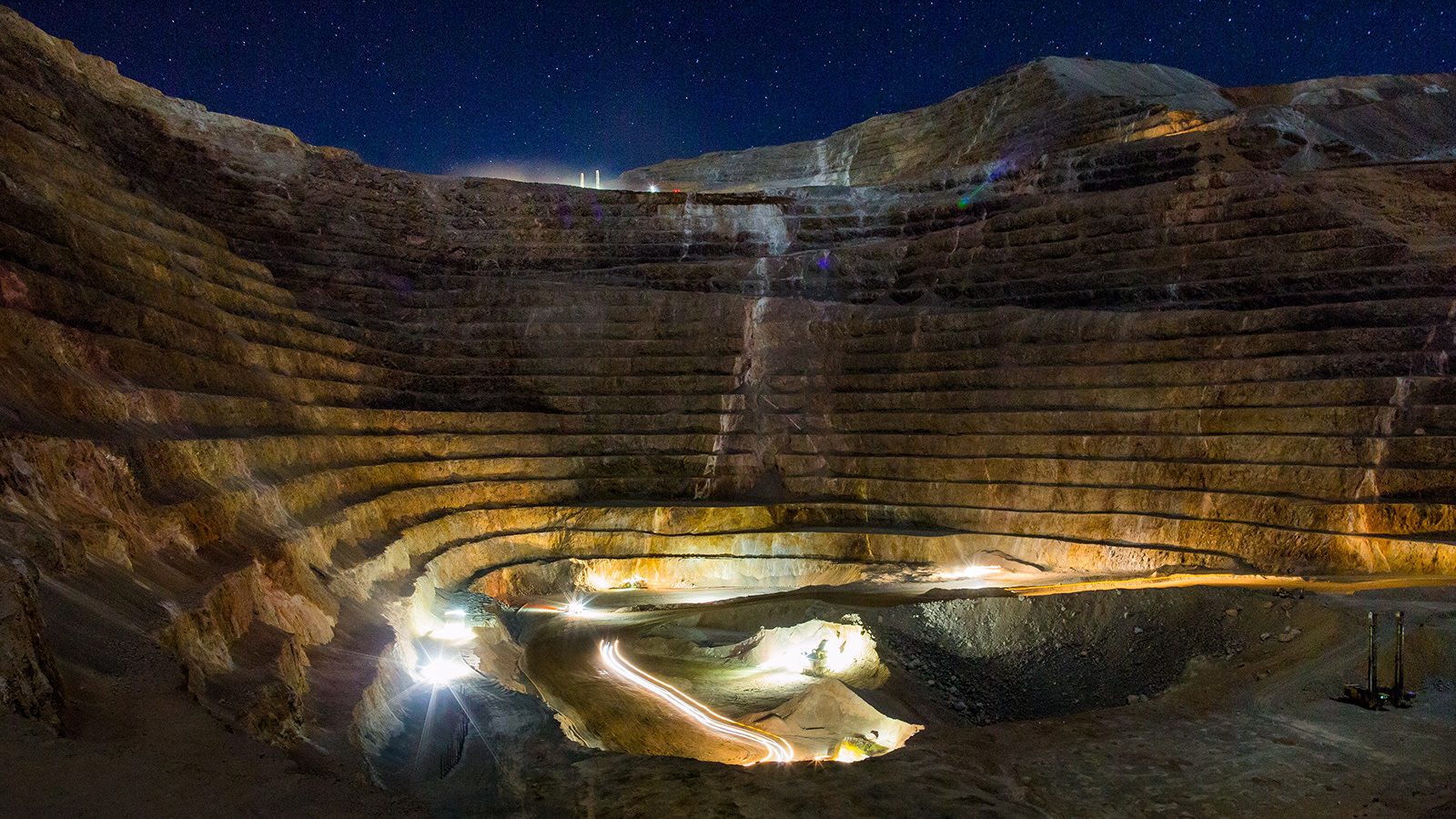Barrick asserts that sustainability is ingrained in our DNA.
Barrick Gold Corp

For Barrick Gold Corporation, sustainability is not just a corporate function. In 2021, Barrick completed the certification of all its sites to ISO 45001 and ISO 14001. It spent $5.5 billion with host country suppliers and committed over $850 million to decarbonization projects. The company is committed to reducing its carbon emissions by at least 30% by 2030 and Net Zero by 2050.
For Barrick Gold Corporation (NYSE:GOLD)(TSX:ABX), sustainability is not just a corporate function. It is entrenched in the company’s DNA and integrated in its decision-making processes, said president and chief executive Mark Bristow at the company’s annual Sustainability Update presentation to investors, from its Pueblo Viejo gold mine in the Dominican Republic today.
Since the transformational merger with Randgold Resources three and a half years ago, Barrick has combined the sustainability best practices from both companies to develop a comprehensive, industry-leading approach, characterized by tangible on-the-ground actions and measurable results. This was based on four key drivers: creating economic benefits, protecting health and safety, respecting human rights, and minimizing environmental impacts.
In 2021, Barrick completed the certification of all its sites to ISO 45001 and ISO 14001, implemented biodiversity action plans at all sites, completed 10 independent tailings reviews, spent $5.5 billion with host country suppliers and committed over $850 million to decarbonization projects. Host country nationals comprise 96% of its global workforce.1 Its Lost Time Injury Frequency Rate has decreased by 24% since 2019 and the Total Recordable Injury Frequency Rate has dropped 13% year-on-year.2
In its annual Sustainability Report for 2021, which includes a scorecard rating its performance against a wide range of metrics and its peers, Barrick achieved a B, saying that while it continued to make progress, there was still some way to go. The sustainability scorecard is an industry first and is used to drive performance as well as to benchmark Barrick against its peers.
On the environmental front, Barrick is committed to reducing emissions by at least 30% by 2030 against the 2018 baseline and to be Net Zero by 2050 while maintaining a steady production profile. Projects to help achieve these milestones are listed in a comprehensive greenhouse gas emissions reduction roadmap and involve transitioning from coal and heavy fuels to cleaner-burning natural gas as well as integrating renewable energy sources into its grids. Barrick’s total emissions in 2021 were 7,105kt of CO2e, a decrease of more than 5% when compared with its total 2018 baseline emissions of 7,541kt of CO2e.
“Sustainability, or ESG, is commonly divided into and dealt with through its individual components, Environmental, Social and Governance management. At Barrick we believe that approach to be one-dimensional. Instead, we recognise the interlinks between each and apply holistic thinking when dealing with this complex challenge. This means when we talk about climate change, we don’t just talk about reducing our emissions. Rather, we talk and think about tackling poverty, building community resilience and ensuring that action on climate change does not come at the cost of development. It also means we don’t just think about clean fuels and renewable power, we also consider biodiversity and the nature-based solutions available to tackling the problem,”
said Bristow.
Source: Barrick news






